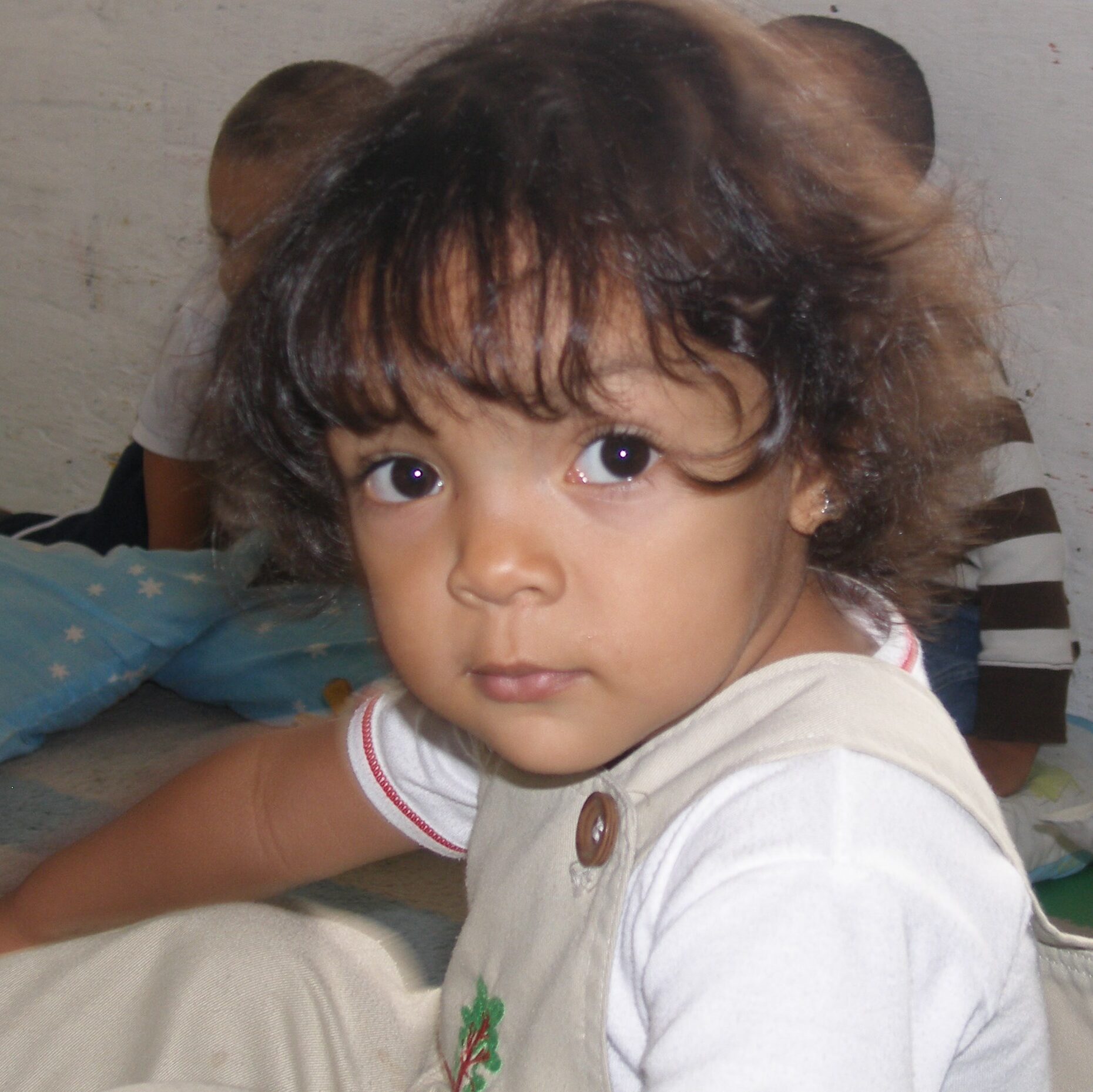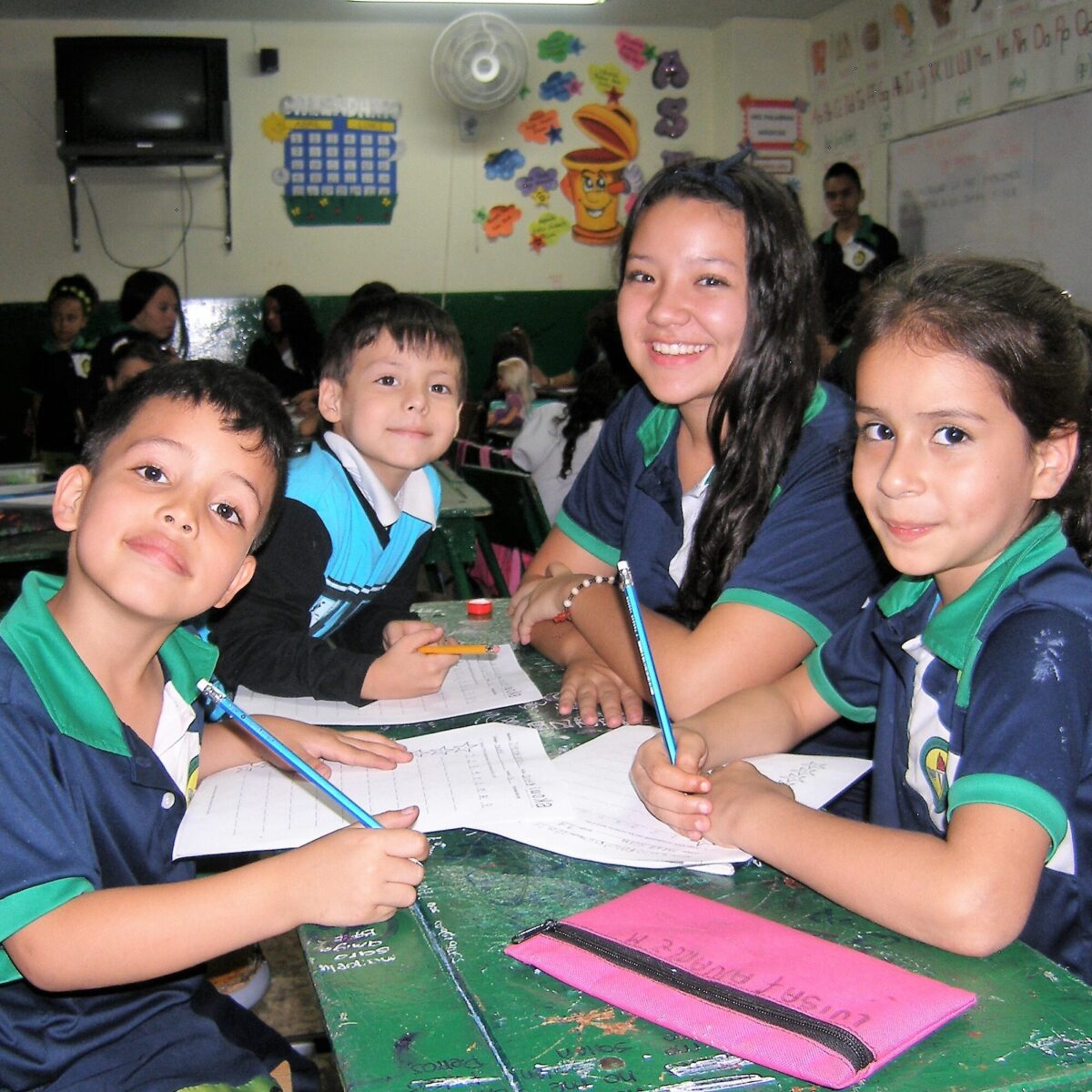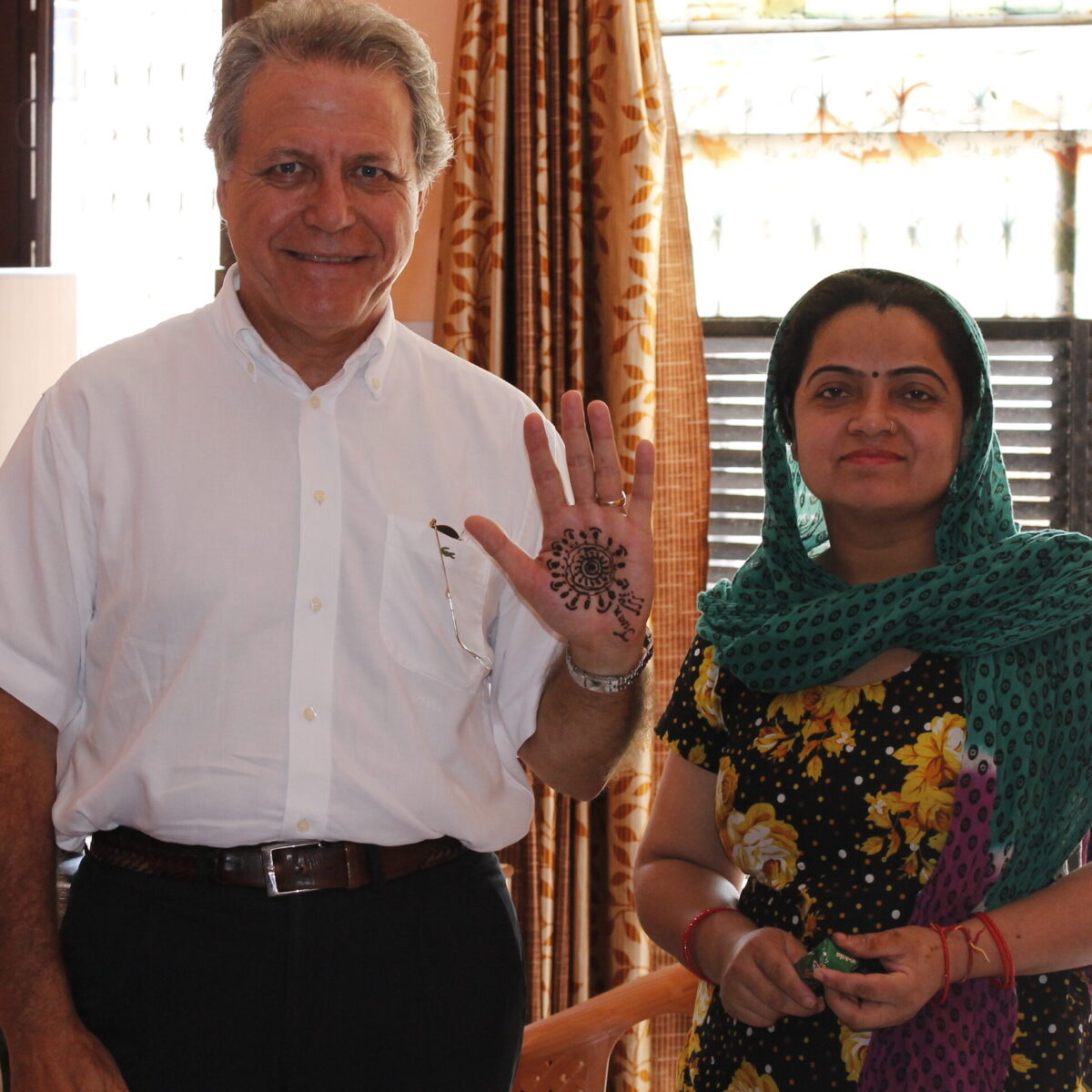optimizing social impact
Swissocial
We help institutions to measure the changes experienced by the stakeholders that are directly or indirectly attributable to an activity or action (project).
Institutions
We know their needs and we know how to address them, regardless of the type of social projects.
Expertise
Since 2013 we have conducted impact evaluations for all kind of institutions in 15 countries on four continents.
Tradition
We apply all proven scientific and statistical methods in impact evaluations.
Security
We treat data and knowledge acquired from institutions with extreme confidentiality.
Discover our Methodologies
The primary purpose of impact evaluation is to determine whether a project has an impact (positive or negative) and to quantify the magnitude of the impact.
Worldwide presence
Discover the countries where we have already worked

















HOW swissocial cycle works
Process Management
We work with innovative methodologies to ensure that the entire reformatting process is done from start to finish as planned.
01
Project Study
Choice of applicable methodology.
02
Preparation
Fine-tuning of indicator scales; training of the institution's team.
03
Baseline
Sample selection; data collection and analysis; baseline report.
04
Intervention
The institution carries out the project.
05
Ex- Post Evaluation
Data collection and analysis for the ex-post evaluation.
06
Findings
Final report and recommendations for new project phases.
a multisdiciplinary team
Team of Experts
WHAT WE ARE DOING
Our work in numbers
Our numbers speak for themselves
4
Methodologies
16
Countries Served
25
Customers
65
Projects
NEWSLETTER
Know First
Follow closely and receive news of the current market.
By submitting the form you agree to the terms of use.
Our clients
We have a wide portfolio of customers around the world




















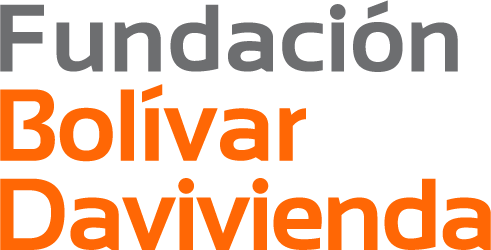




Activities
Swissocial provides two kind of services:
One to one
Training and consulting/coaching
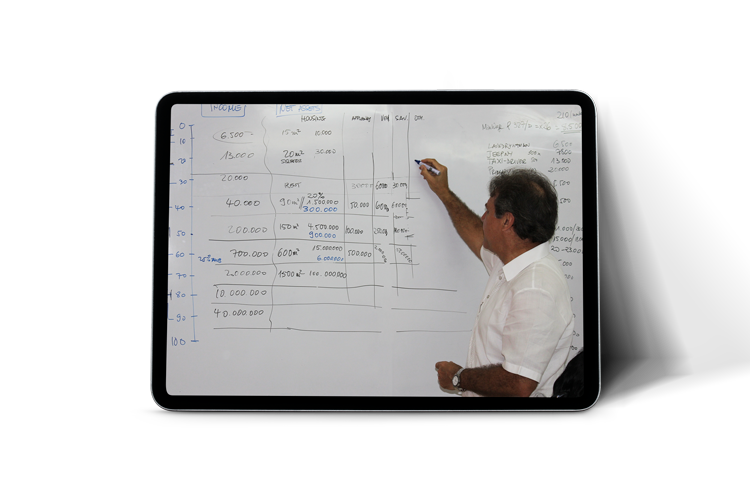
SEMINARS
for foundations, NGOs and other actors in the non-profit sector
Our reviews
What our clients say about us
As an independent team, Swissocial did a great job in scientifically evaluating the program’s results in two schools in Switzerland, studying two cohorts (Test and Control) over their four years in the project.

Hélène Vareille
Founder and President of the Vareille Foundation, Zurich (Switzerland)
The social impact assessment methodologies developed by Swissocial, besides keeping the statistical rigor as a scientific method, have been developed from the realities of local the social and economic environments.

Carlos A. Mejía
Executive Director of Corporación Urrea Arbeláez, Medellín (Colombia)
The evaluation helped us strengthen Fundación Carvajal’s capacity to manage philanthropy, as we now base our programs on evidence, which leads to continuous improvement.

David Gironza
Director Education and Culture of the Fundación Carvajal, Cali (Colombia)
FAQs
Most frequent questions and answers
Independently of external factors, such as the will of the donors, or the decision of the
board, an impact evaluation should be carried out when:
a) The organization intends to continue the project either with the same kind of
beneficiaries or in different locations.
b) When the investment in the project is big enough to justify an impact evaluation,
although it is a one-time project.
An impact evaluation is a great management tool, which give lots of information on the project, so that the board or the executive direction can use the results to introduce changes in the strategy or in the project itself, whenever necessary.
The cost of an impact evaluation depends on various factors:
a) Age group of the beneficiaries: early childhood, children, adolescents and young
people, adults.
b) The size of the population of the project, and therefore of the sample to be evaluated.
c) The geographical dispersion of the population.
d) The evaluation model chosen: certification or verification.
The main characteristics of Swissocial methodology, which makes it different from many others, are the following:
a) Integrality and Comprehensiveness: 360-degree approach.
b) Participative: know how transfer to the institution for which the impact evaluation is
conducted.
c) Management tool.
d) Harmonic structure:
d.1) Weighted indicators.
d.2) Index: a comprehensive value.
e) Simplicity: easy to apply.
f) Objectivity: verifiable data.
g) Concrete: measures the specific reality of the beneficiaries.
h) It is based on experience and has been proved in Africa, Asia, Latin America and Europe
We change this text. I am item content Lorem ipsum dolor sit amet, consectetur adipiscing elit. Ut elit tellus, luctus nec ullamcorper mattis, pulvinar dapibus leo.
We change this text. I am item content Lorem ipsum dolor sit amet, consectetur adipiscing elit. Ut elit tellus, luctus nec ullamcorper mattis, pulvinar dapibus leo.
I am item content. Click edit button to change this text. Lorem ipsum dolor sit amet, consectetur adipiscing elit. Ut elit tellus, luctus nec ullamcorper mattis, pulvinar dapibus leo.








